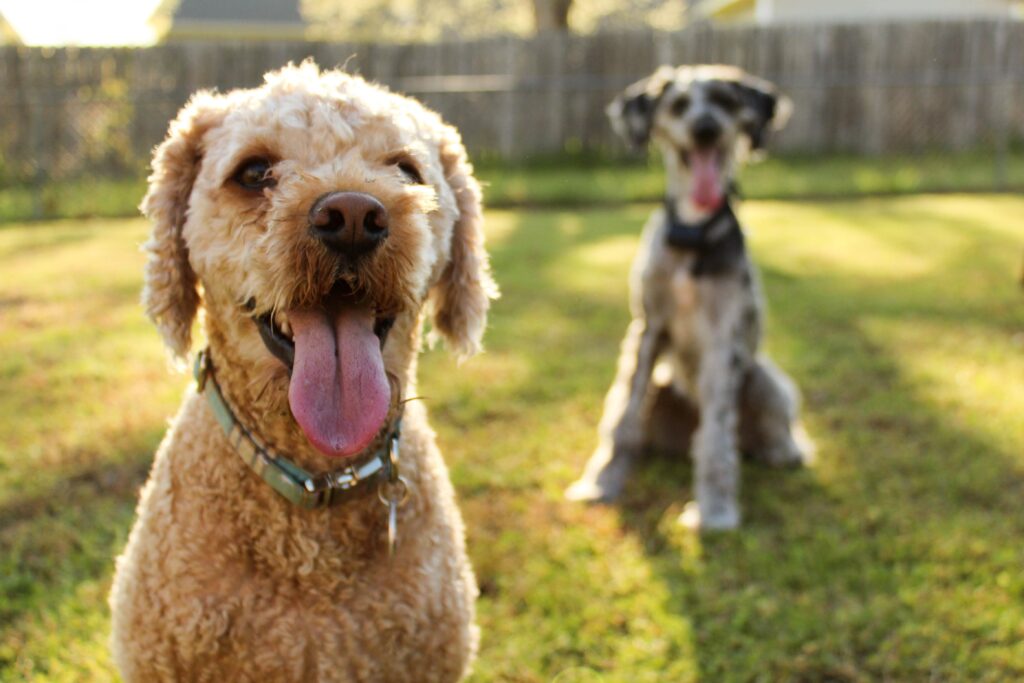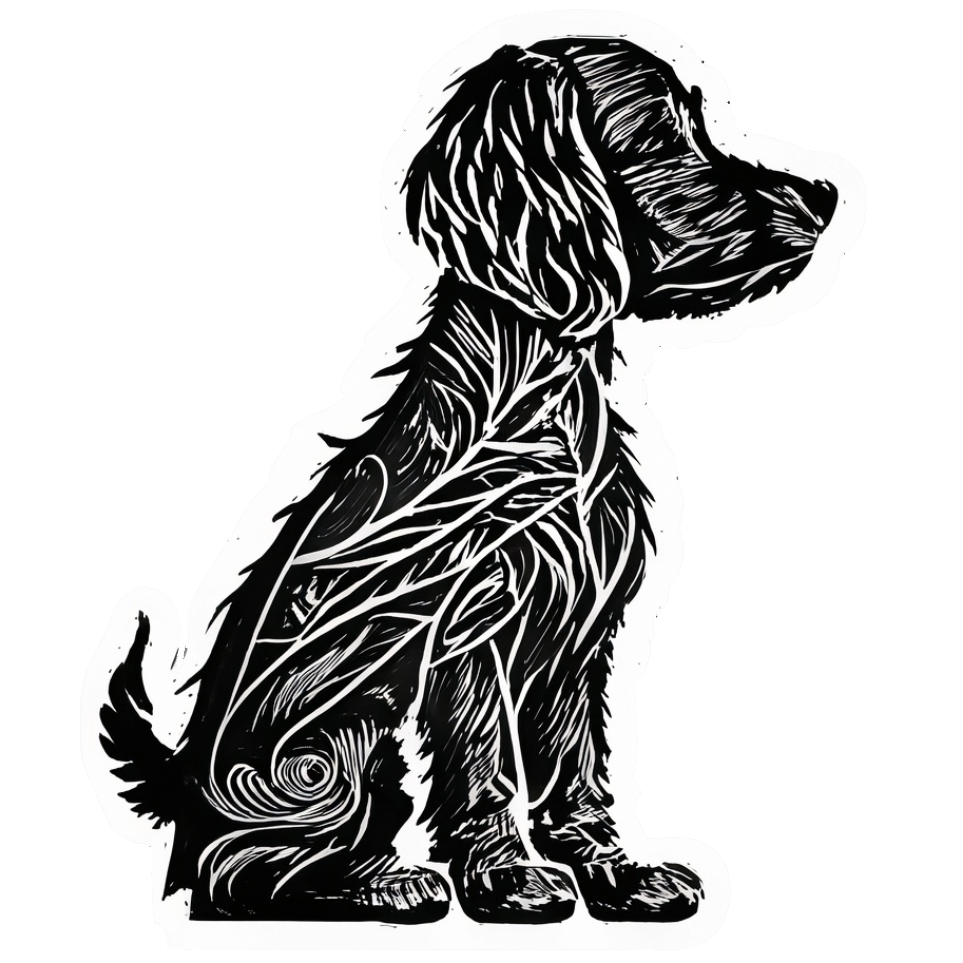A Tribute to Canine Legacies

The history of dog breeding is rich and varied, filled with breeds that have played significant roles in different cultures and eras. While many breeds continue to thrive, others have become extinct, leaving behind intriguing tales and valuable insights. This article pays tribute to some of the extinct dog breeds, exploring their histories, characteristics, and the factors that led to their disappearance.
1. Molossus
- History: The Molossus was a breed of ancient Greece and Rome, often associated with guarding and war.
- Characteristics: Known for its size and strength, the Molossus was a mastiff-type dog.
- Legacy: While the breed itself is extinct, it is believed to be an ancestor of modern Mastiffs and other large breeds.
2. Talbot
- History: The Talbot was a hunting dog in medieval England, known for its tracking abilities.
- Characteristics: A large, white, slow-moving hound, the Talbot was praised for its keen sense of smell.
- Legacy: Though the breed became extinct, it may have contributed to the development of the modern Bloodhound.
3. Turnspit Dog
- History: The Turnspit Dog was bred in Britain to work in kitchens, turning roasting spits.
- Characteristics: A small, long-bodied breed, it was known for its endurance and work ethic.
- Legacy: With the advent of mechanical spit-turning devices, the breed fell out of use and eventually became extinct.
4. Cordoba Fighting Dog
- History: Originating in Argentina, the Cordoba Fighting Dog was bred for dog fighting.
- Characteristics: A fierce and aggressive breed, it was known for its fighting prowess.
- Legacy: The breed’s aggressive nature led to its downfall, as it often fought to the death, even during breeding. It is considered an ancestor of the Dogo Argentino.
5. St. John’s Dog
- History: The St. John’s Dog was a working breed from Newfoundland, Canada, used for fishing and retrieving.
- Characteristics: A medium-sized, strong, and intelligent dog, it was an excellent swimmer.
- Legacy: Though the breed itself is extinct, it played a crucial role in the development of modern retrievers, including the Labrador Retriever.
Factors Leading to Extinction
- Technological Advancements: Some breeds, like the Turnspit Dog, became obsolete with technological progress.
- Breeding Challenges: Aggression or other breeding difficulties led to the extinction of breeds like the Cordoba Fighting Dog.
- Cultural Changes: Shifts in cultural values and practices impacted the need for specific breeds, contributing to their decline.
The stories of extinct dog breeds offer a window into the diverse and evolving relationship between humans and dogs. They reflect the roles that dogs have played in various aspects of human life, from work and war to companionship and sport. While these breeds may no longer walk beside us, their legacies continue to shape the canine world and remind us of the rich tapestry of our shared history.
